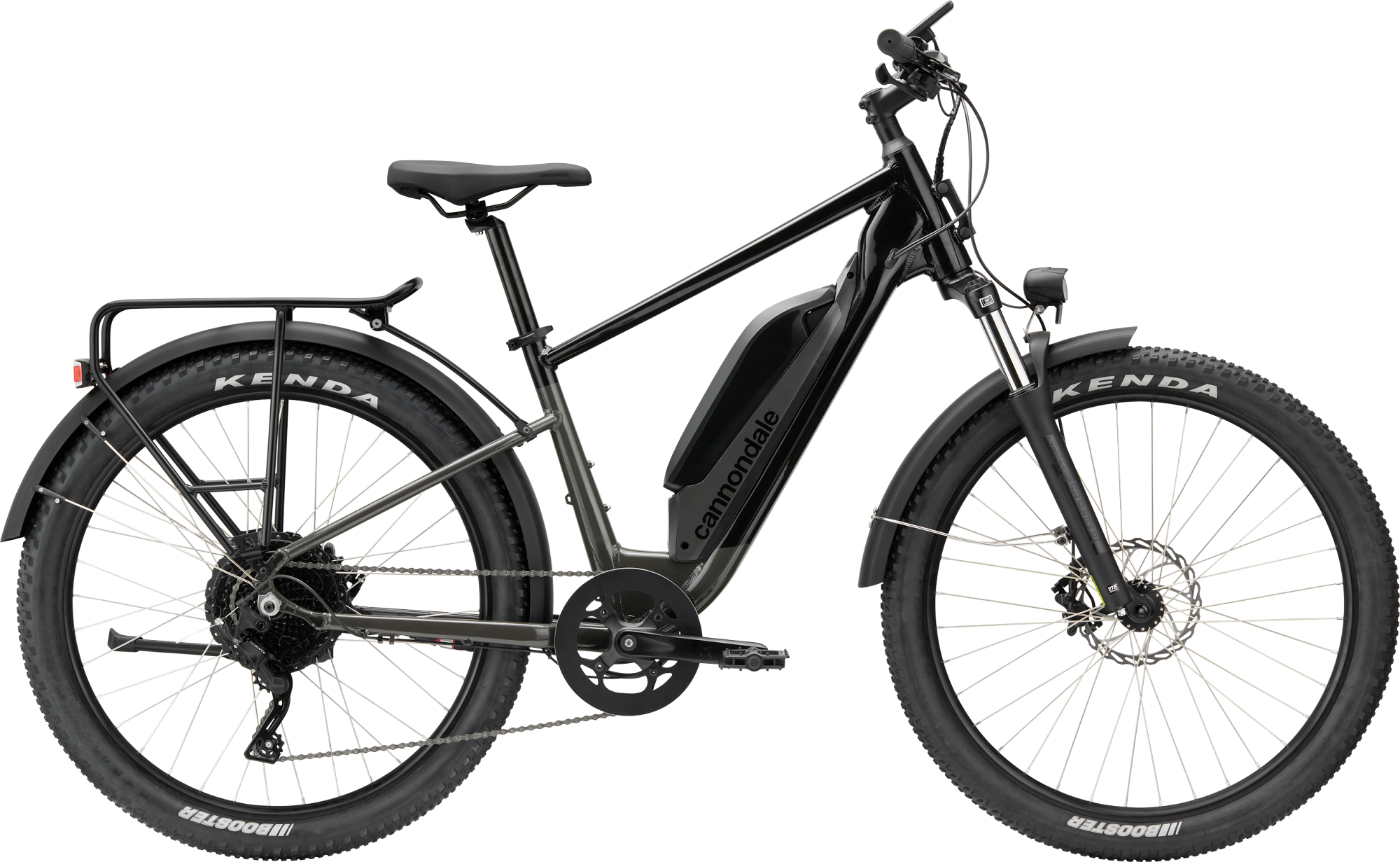mata2maui
Active Member
- Region
- USA
Aloha, I am currently enjoying my ST1 (pictured) but want to up the voltage/wattage for my next ebike to take on Maui's powerful trade winds. Wondering why the big three (Trek, Giant, Specialized) only offer 36 volt , 500-625 Wh batteries and 250w nominal/ 500w peak motors on their ebikes? I have noticed most of the dedicated ebike manufactures that do offer 48 volt systems and 500w+ nominal motors don't have the top drive train components and thru axles found on bikes with 36 volt systems. Is it an issue of engineering power trains that won't stress the bike's other components? The top dedicated ebike manufacturers other than Stromer also embrace 36v/250w systems. I would love to find a bike with 48 volt/625+Ah; 750w nominal mid drive motor; with thru axles and a top of the line drive train.

